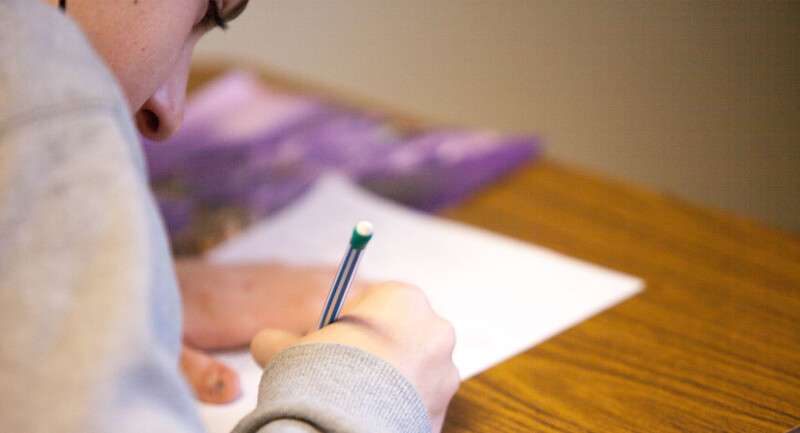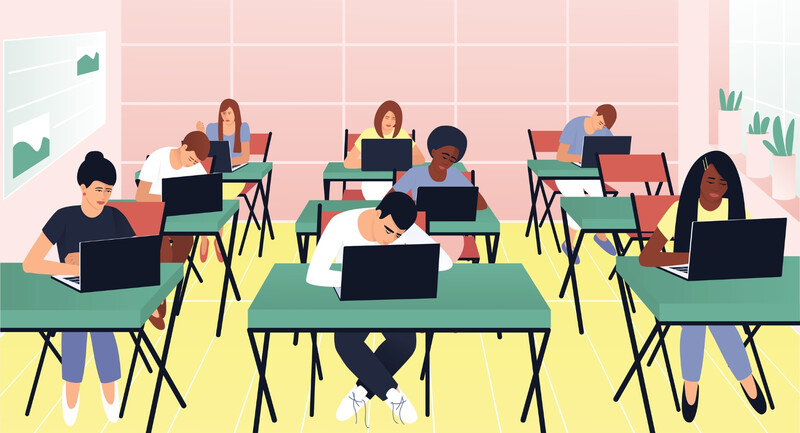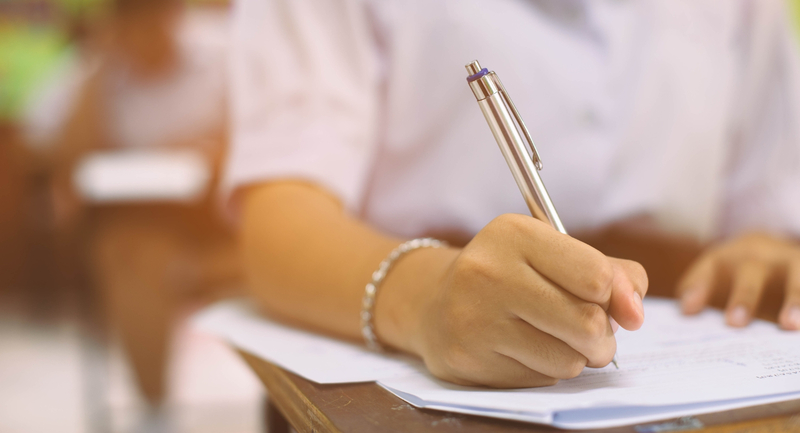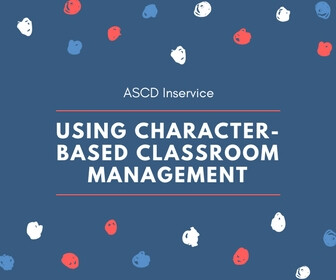The National Assessment of Educational Progress (NAEP) released its newest results last week. In this case, it published “long-term trends” in reading and math achievement among 9- and 13-year-olds. The closest comparison of scores is from eight years ago and the longest-term comparison goes back half a century! While the more familiar “main NAEP” tests U.S. students in 4th, 8th, and 12th grades every other year, the “long-term NAEP” is administered less frequently (every four years), measures students by age (9-, 13-, and 17-year-olds) and not grade, and allows for much longer and more accurate historical comparisons. As a result of these differences, the achievement results of the two NAEP programs aren’t comparable. Also, it is important to note that the 2020 assessments were administered to students ages 9 and 13 in December 2019 through March 2020—before COVID-19 shut down most schools across the country. But the tests for 17-year-olds had to be canceled because they were scheduled to be administered March through May 2020.
The Good News
Still, like nearly every NAEP report, the most recent long-term trends were a mixed bag, with several positive results along with a couple of discouraging developments. First, the good news: Students ages 9 and 13 scored higher in reading and math in 2020 compared to students who first took the assessments in the early 1970s. In reading, 9-year-olds last year scored 12 points higher and 13-year-olds scored 5 points higher than their 1973 counterparts. Similarly, in math, 9-year-olds in 2020 scored 22 points higher and 13-year-olds scored 14 points higher than students of the same age who took the assessments in 1973. So yes, parents, it is not your imagination—your kids really are smarter than you were when you were their age.
The Bad News
Unfortunately, scores from the 2020 assessments were either flat (9-year-old reading and math) or were slightly lower (13-year-old reading and math) compared to the more recent 2012 results. Of course, that is in the aggregate. The more telling results are in the details.
Across the board, student achievement at the higher percentiles (90th, 75th, 50th) was essentially the same between 2020 and 2012. Students at the lower percentiles (10th and 25th), however, registered significant declines in 2020 as compared to 2012. In reading, 9-year-olds scoring in the 10th percentile declined 7 points, while 13-year-olds in the same percentile saw a 6-point drop.
In math, 9-year-olds scoring in the 10th percentile declined 6 points and those in the 25th percentile fell by 4 points. At the same time, 13-year-olds in the 10th percentile dropped 13 points and those in the 25th percentile dropped 7 points.
The “Rorschach” of Results
Because most NAEP results are rarely uniformly encouraging (or disappointing), the interpretation of the results is usually a Rorschach test for those pundits who see what they want to see or use the news to promote a particular agenda, even though, as NAEP itself points out, the results are not “designed to identify the causes of change in student performance” and that “comparisons cannot be used to establish a cause-and-effect relationship between the characteristic or experience and achievement.”
Nevertheless, plenty of explanations for the aforementioned score declines have been suggested, ranging from the funding cuts of the past decade wrought by the Great Recession to the Common Core. For my part, I won’t add to the speculation by noting that perhaps a spike in teen smartphone use over the past 10 years might be an interesting correlation to academic performance that might be worth further exploration, particularly as it relates to NAEP’s finding that increasingly high percentages of students reported having “never or hardly ever read for fun on their own time.”
What the latest NAEP results do indisputably show is that our lowest-performing 9- and 13-year-old students need more help in reading and math. It’s a situation that the pandemic has only exacerbated and that has taken on greater urgency post-NAEP and post-Covid. If schools can work to support and to improve the performance of these struggling students, it will mean significant gains for students and the nation overall--and a quicker recovery from the pandemic.








